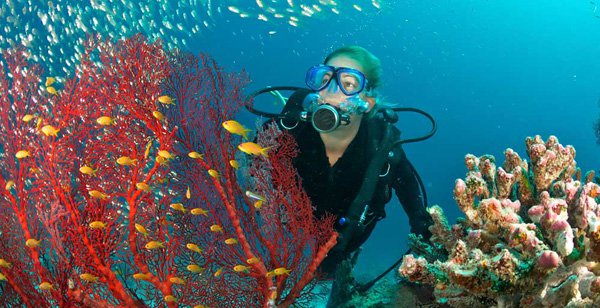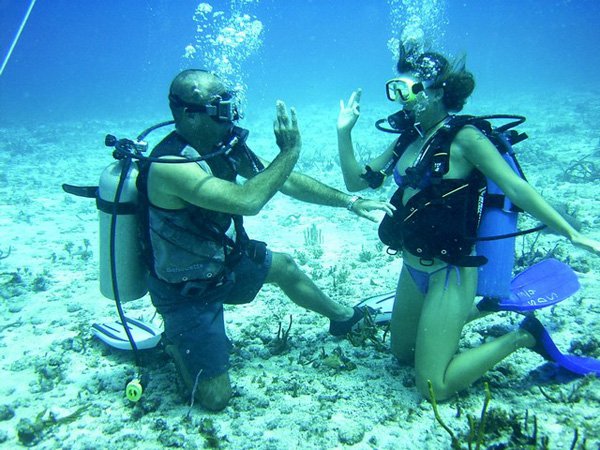Top Roping is commonly used in climbing gyms where the rope runs from the climber up to anchors above and then back down to the belayer. Top roping a route lets beginning rock climbers safely experience climbing outside. It also allows a climber to work out the harder moves on a tough climb and get familiar with key holds or to safely push their limits. “Hangdogging” involves spending a lot of time resting on the rope while figuring out the best way to ascend. (Maybe you should try an easier route!)
A top rope set up involves a secure anchor at the top of the climb. The rope is run through 2 locking carabiners with the gates opposed. One inch tubular webbing is used to secure the anchor to bolts, a stout tree, or gear (cams, stoppers, etc). The carabiners must be hanging over the lip of the climb so the rope does not touch the rock. Doing so will abrade the sheath and decrease the life of the rope.
As the climber ascends the route, the belayer will take the slack out of the rope. This will tighten the rope running through the carabiners on the anchor at the top of the route. In the event that the climber falls, the belayer should already have all of the slack taken up allowing only the stretch in the rope to catch the climber. The climber then has the option to continue upward or to lower back down and try again.
Top roping is hard on a rope. Usually only a short section of the rope will be used at a time, so be sure to switch ends after each climber has had a turn on the rope. This will allow for more even wear and also let the stretch come back in the rope. Use of a rope tarp will help to keep the dirt out of the sheath of your rope too.
Belayers often pay more attention to the climber than they do the slack in the rope. More than one injury has occurred when the belayer allowed the end of the rope to slip through the belay device causing the climber to hit the deck. Make sure you tie a big knot in the tail before you start belaying and be aware of how much rope is needed for each climb to lower off safely. And as always, remember to wear your helmet every time you climb!
Tech Diving instructor training in Thailand

Different Types of Baseball Screens

3 Tree Point, Diving South of Seattle

Copyright © www.mycheapnfljerseys.com Outdoor sports All Rights Reserved